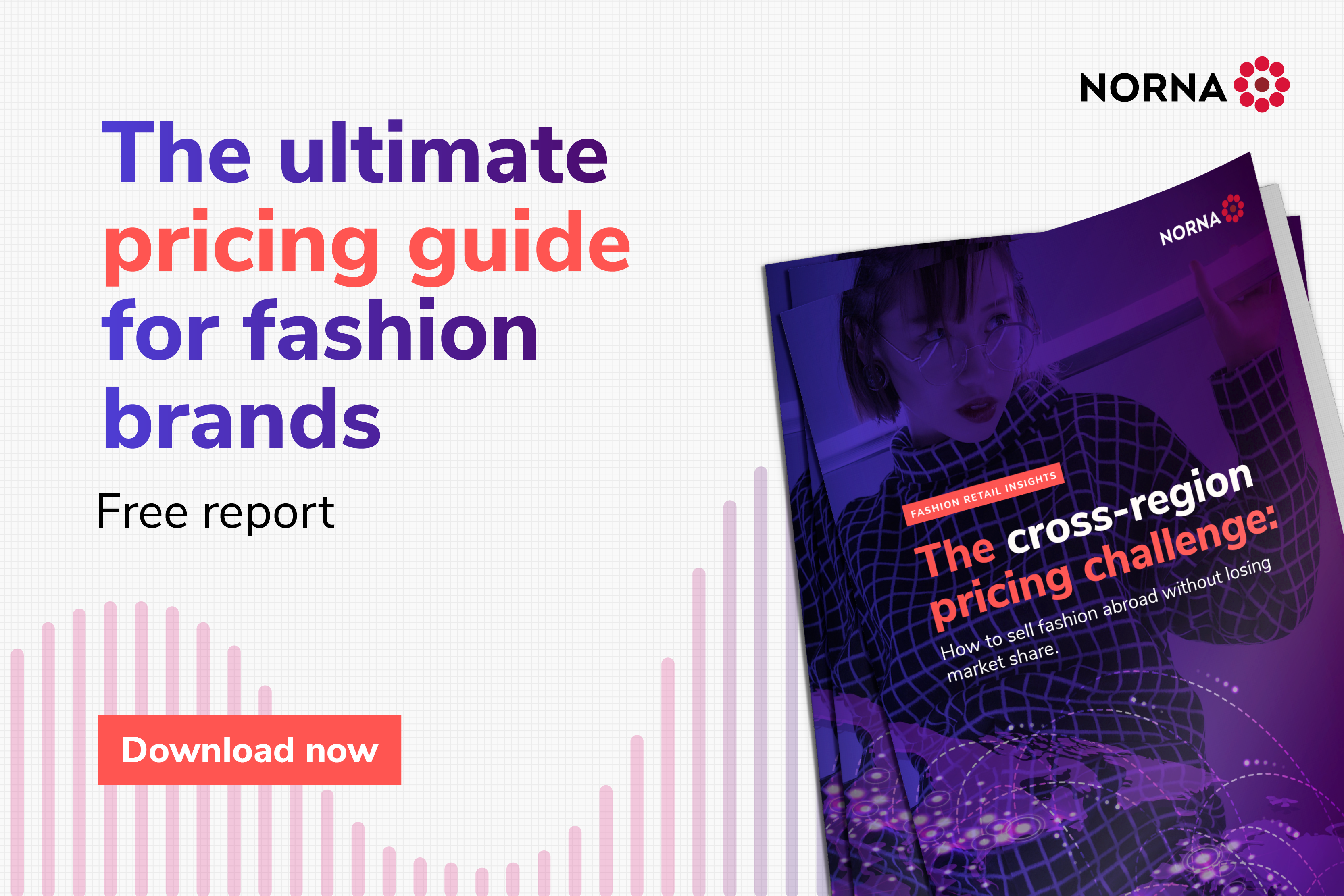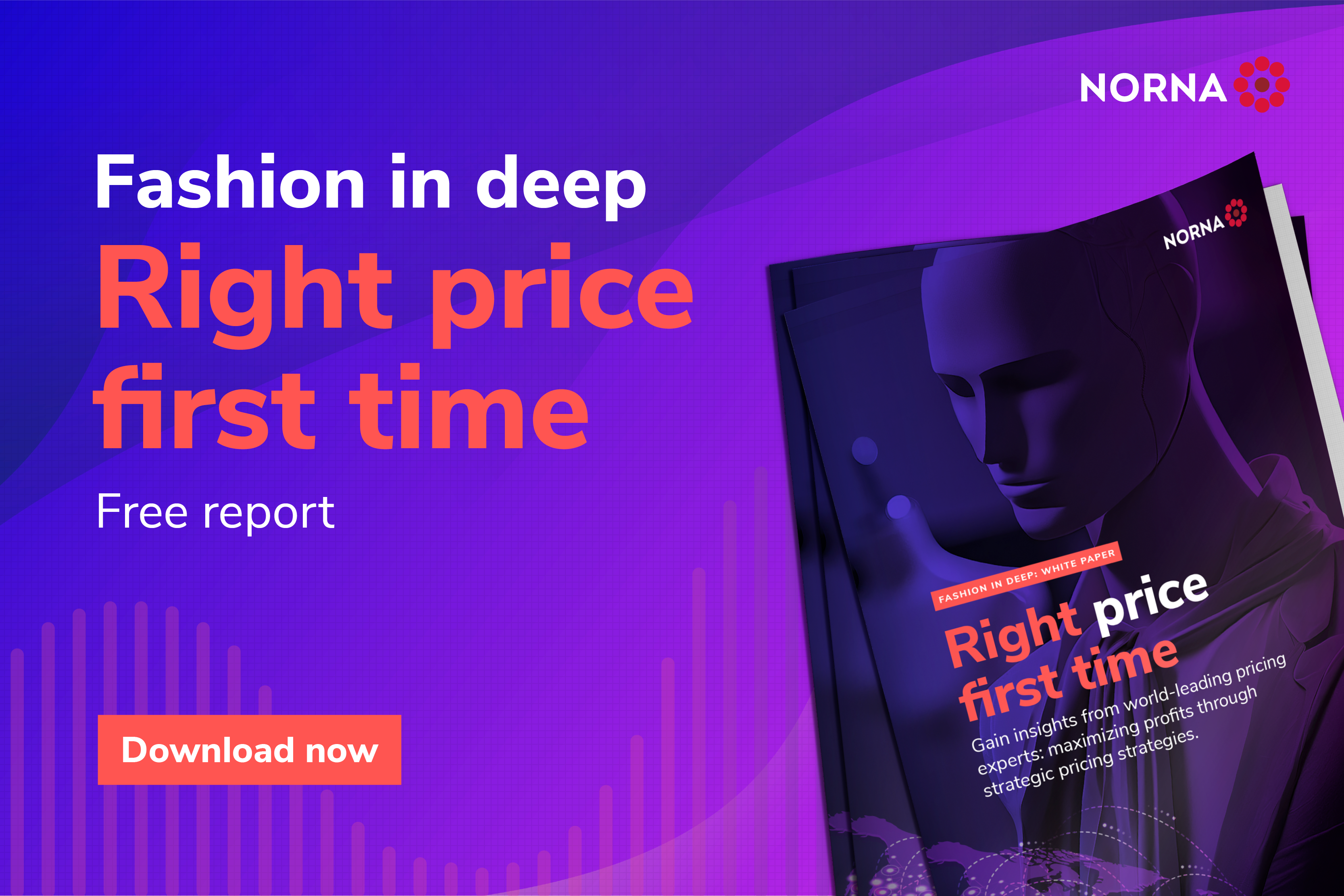
The Threat From Amazon
There is no hiding the fact that Amazon is big business. In fact, what started as a modest online bookstore in 1995 has now blossomed into the largest ecommerce store in the world. Amazon maintains its own tv and movie streaming service, ebook and audiobook services and music streaming app on top of the retail site, and has 2.5 million third-party sellers active on its Marketplace.
The US holds the biggest market share for Amazon sales in the world, with 68.9% of Amazon’s total custom coming from North America, and the US taking 49% of the company’s total market share.
Amazon is believed to secure as much as 10% of the total market share for ecommerce globally and, according to research by Handelsblatt, also commands 46% of Germany’s online retail market. So it is clear that this behemoth of a company is not to be underestimated by others in the retail industry.
Whilst smaller, independent retailers may fail to see where this affects their company directly, the fact is that, with Amazon so prominent in the world of ecommerce, the site is unequivocally steering business away from every other business and site that competes with them.
If You Can’t Beat Them, Join Them?
Businesses are, of course, able to enter into a relationship with the site by becoming third-party sellers on the Amazon Marketplace. However, Dominik Dommick of Payback, who compiled the Handelsblatt study with the University of St. Gallen and consultancies Etribes and Factor-A, has warned against becoming reliant on the site. He says: “Vendors who decide to sell through Amazon Marketplace quickly enter a fateful relationship of dependence in which Amazon will emerge as the winner in the long term.”
On Marketplace, retailers are able to quickly gain access to the global audience of millions that the platform commands. However, Amazon remains in charge of these sales, and businesses lose the direct access to buyers that enables them to expand and maintain their own customer bases.
Amazon is also able to use data collected about sales to understand their own customers better, allowing them to undercut prices (using lines like Amazon Basics), and deliver extra benefits that smaller retailers may be unable to (such as the Amazon Prime service, which offers free shipping and one-day delivery).
Is There Hope For Small Businesses?
Luckily for independent businesses, there is more to building a customer base than being financially successful and very visible. In making buying decisions, consumers tend to make emotional decisions, and rational justifications. This means things like trust, ethics and integrity can give a small business a huge boost over a multinational corporation like Amazon.
According to a 2017 study by Gallup, which analysed twenty years of data, consumers are still more than three times as confident in small business than they are in big business. The persistence of this trend, coupled with the fact that Amazon has still not been able to corner the market for fashion and luxury goods (its share of which still remains at around 1%) offers a great opportunity for retailers in the fashion industry.
So how can independent retailers capitalise on this advantage? The answer seems to lie in the world of AI.
Innovation Is In Fashion
The world of retail has changed substantially in recent years, thanks to advances in technology changing the ways in which we find and buy things.
A number of exciting technologies have emerged or enjoyed dramatic advancement recently, including things like IoT, blockchain and 3D printing. But artificial intelligence seems to be at the core of the biggest disruptions to industries all over the world.
In the fashion world, machine learning represents a chance for retailers, designers and manufacturers to quickly learn and collate data about their customers and giving them, for the first time, the gift of prediction. Whilst this clearly offers excellent opportunities for growth, it also allows companies to act quickly on items that are not performing well, reducing waste and boosting sustainability. With consumers more environmentally-conscious than ever, and big businesses notoriously unethical, the latter point is where smaller retailers can offer something of real value to consumers.
Staying Ahead of the Curve
Some of the ways in which independent fashion and retail businesses can utilise AI to further their operations include:
Visual Similarity Recommendations
Using AI that is able to combine visual detection and key product features, an algorithm is able to provide customers with visually similar alternatives elsewhere in your store. This helps to cut the chances of a customer looking elsewhere, and eases frustration, creating a more enjoyable customer experience overall. Visual similarity AI can also be used by retailers looking to better understand the market, and see where their product fits, so that they can appeal to their specific target audiences’ wants and budgets.
Customer Personalisation
Not only can AI be taught to make visual similarity recommendations, this can be tailored to understand the personal requirements of each customer. So, if a specific item is out of stock in their size, the customer can be recommended a number of similar products that are available in their size.
To take this to the next level, the power of machine learning enables your site to learn about the customer through simple surveys that identify a customer’s:
- Body type
- Colouring
- Fashion Identity (elegant and minimal, flashy and fashion-forward etc)
- What occasions they want to buy clothing for (for work, nights out etc)
These answers can then be combined with data compiled from a customer’s previous browsing and purchase activity, to offer a truly sophisticated bespoke shopping experience similar to that one might expect from a stylist.
Product Tagging
AI-automated product tagging allows retailers to quickly tag all of the key attributes of their entire clothing range, allowing customers to filter their search by things like size, colour, fabric and so on.
This ensures less chance of site abandonment, as customers are viewing results pages that are more accurate to their needs, and creates more opportunities for sales. Because AI allows this process to be done automatically, retailers cut costs on staff hours, speed up processing times and enjoy the improved consistency of an unbiased tagging system.
Insights gained from the data accrued from customer search terms can also help companies to better plan their future output.
Intuitive Manufacturing
One of the major ways in which smaller retailers have an edge on bigger ones is that technology has made it easier for them to identify trends quickly and manufacture short runs of items that are guaranteed to sell well. Previously, fashion brands had to work to identify the trends that might be coming for the next season, and then produce large amounts of these in the hopes that they would sell well.
AI tools now allow small businesses to see the trends as they are happening, manufacture them quickly and get them out for general sale in a very short time frame. Companies can continuously collect and analyse data using this technology, taking intuitive manufacturing to the next level and allowing them to predict what trends are coming up next.
Social Networking and mCommerce
The development of mobile ecommerce sites and payment platforms, social networks and digital wallets, has offered the smallest retailers the perfect opportunity to reach consumers. Sites like Facebook and Instagram allow pages to link to their own ecommerce sites in just one tap, and with Android Pay and Apple Pay providing fast access to personal payment details, a retailer can convert customers from first interest to completion of sale in a matter of moments.
Whilst Amazon has their own mobile app and one-click payments, social networks and other mobile platforms are a more engaging way for small retailers to reach out to consumers, with a personal touch that helps users to feel more connected to and engaged with a brand.
The Last Word by Norna
From product personalization to mCommerce, there are so many ways for AI technologies to be used by traditional retailers in the battle against big business. Although Amazon has one of the most recognizable brands in the world, smaller businesses do have an opportunity to use these advances to their benefit. For any retailer today, the choice is clear – integrate AI or face elimination. Norna can help. Veriscope, our advanced AI software and analytic tool, for pricing and assortment is designed to disrupt the retail industry and put businesses like yours firmly in control of their own destiny. Visit https://www.norna.ai/ to find out more.



